In early November, educators from A-JB, A-JIS, and Summerhill campuses met at Hikarigaoka Campus for a joint professional development workshop. Upon entering the school, they encountered tables laden with old ropes, buttons, mirrors, cloth, cups, and other seemingly random objects. They may have looked like they were destined for the trash bin, but these objects belonged to our workshop leader, Ms. Liljegren, and they served a crucial role in the workshop. Often referred to as “loose parts” by the early childhood educators who embrace them, we unpacked how to use these items to invite play, support our curriculum, and drive growth and learning in our young learners.
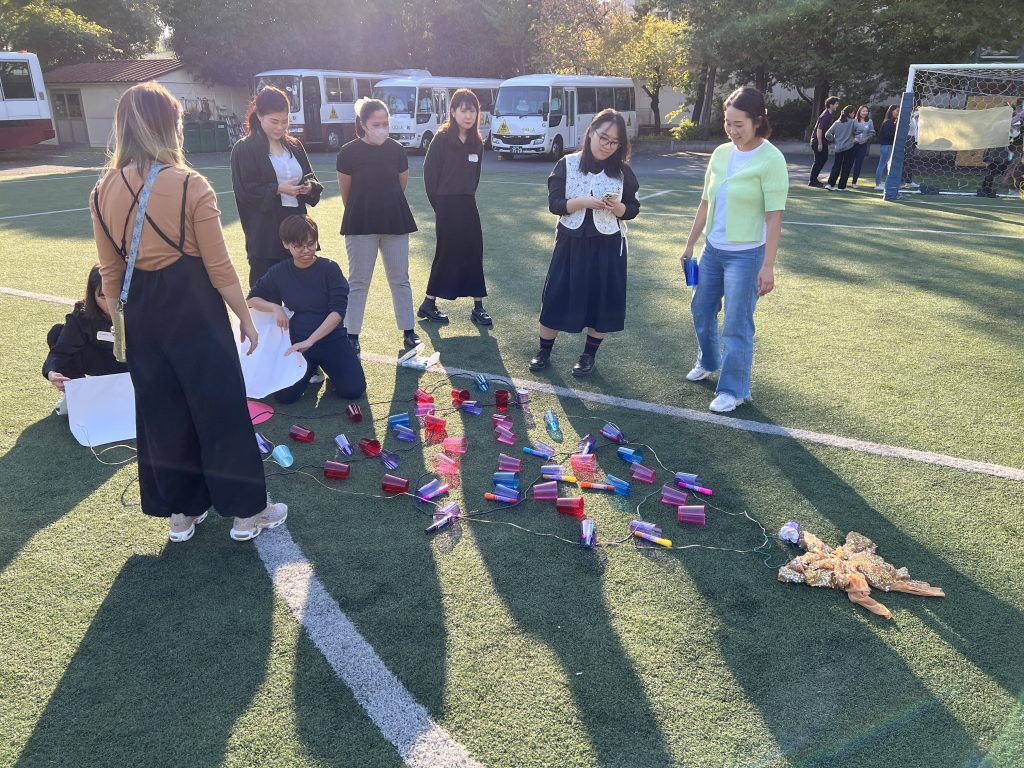
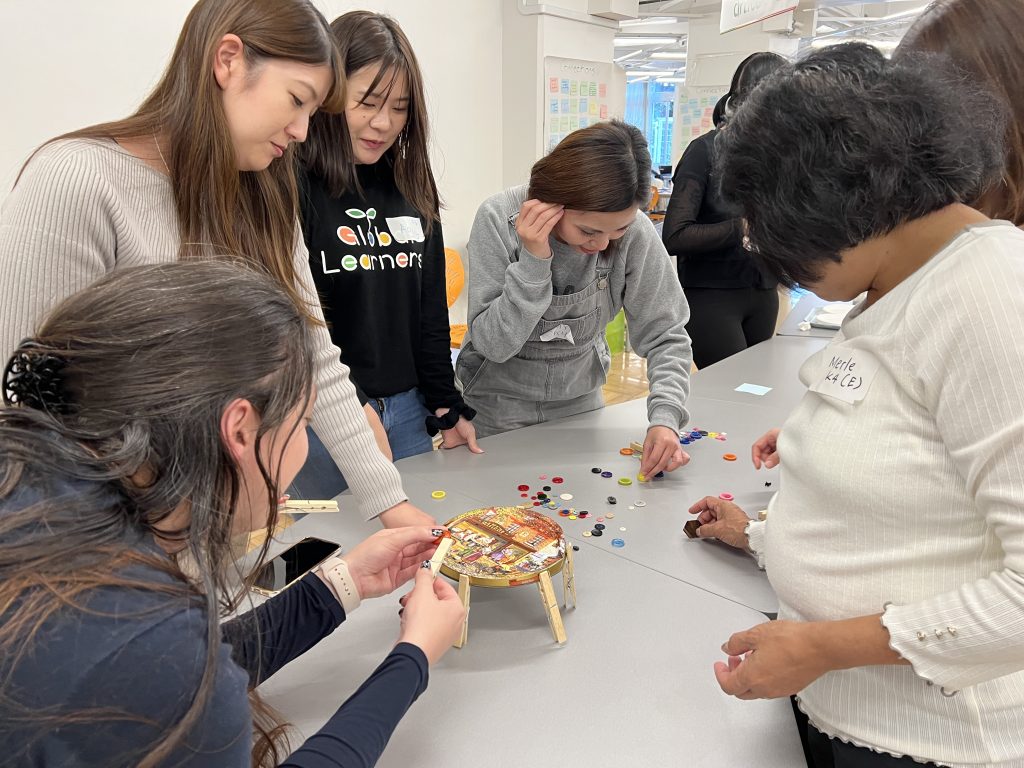
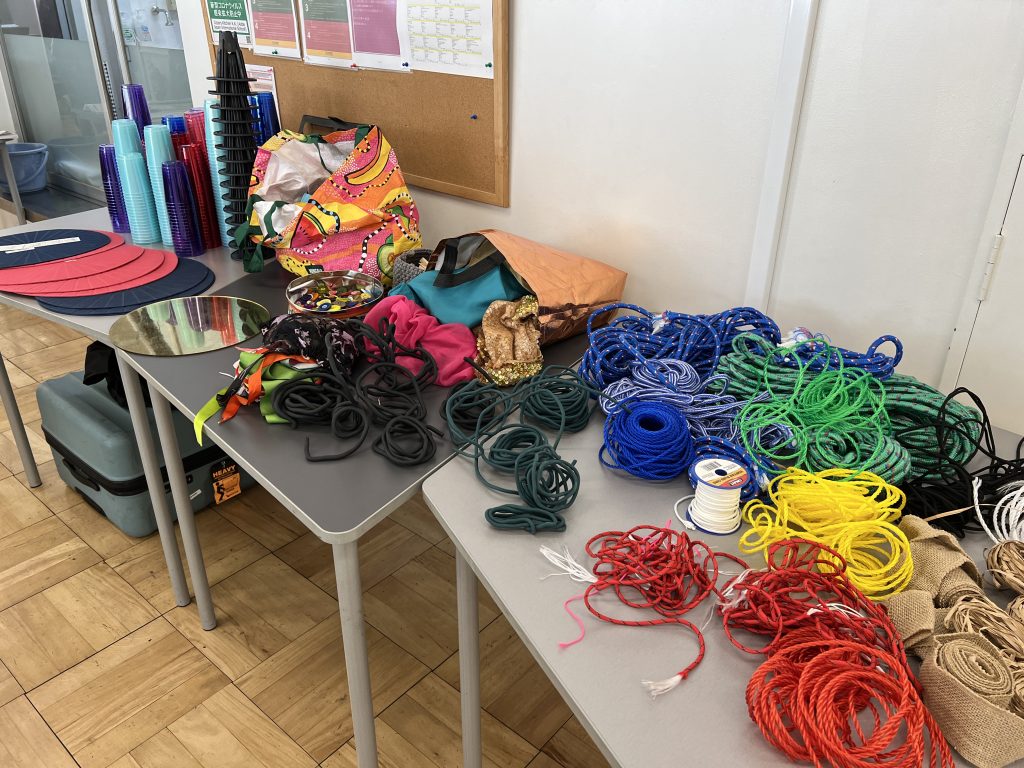
Since our joint workshop, the teachers at Waseda have been exploring how to work this approach into the curriculum. Our inspiration and enthusiasm led to mini-workshops of our own during staff meetings, often getting messy with our creativity as we discussed the serious benefits this will have on students’ holistic development. Throughout the rest of this blog post, you will find points we have discussed as well as where we are in our shared understanding of Loose Parts Theory.


What are loose parts anyway?
The concept of Loose Parts Theory took root in the 1970s with the pioneering work of architect and engineer Simon Nicholson. Nicholson believed that the environment profoundly influences human behavior, and by introducing open-ended materials, or "loose parts," children could unleash their creativity and imagination. These materials, ranging from simple items like twine and fabric to more complex objects, become tools for exploration and innovation.
What are the benefits in the early years?
Loose parts play offers many benefits during this crucial developmental stage:
- Creativity and Imagination: The unstructured nature of loose parts play allows children to explore and create without limitations. Buttons come together to become a spaceship control panel, and a piece of cloth transforms into a superhero cape or tent – the possibilities are endless.
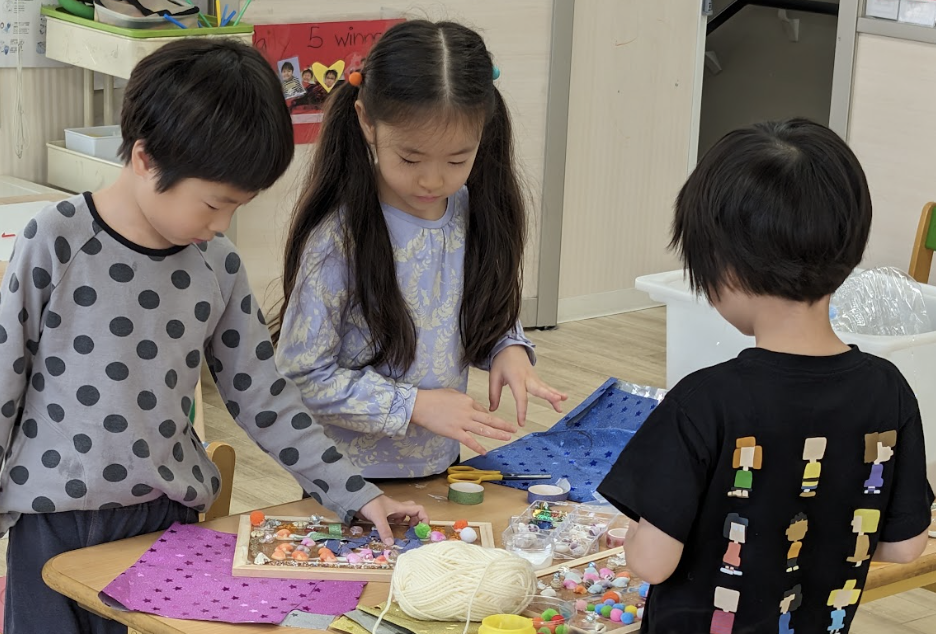
- Cognitive Development: Play is work, and this work gives developing minds a cognitive workout that prepares them for future challenges and informed, confident risk-taking. As children engage and play with diverse materials, they develop critical thinking, spatial awareness, and problem-solving skills.
- Persistence: Speaking of problem-solving skills, working through setbacks and solving problems are invaluable skills that will serve our early learners not just in their preschool years, but for an entire lifetime. Frustration is often a part of learning, and loose parts give children the opportunity to make mistakes, face set-backs, and develop resilience.
- Social and Emotional Growth: Collaborative play with loose parts encourages communication, cooperation, and empathy. Children engage with other perspectives, express their emotions, and build meaningful connections with their peers.
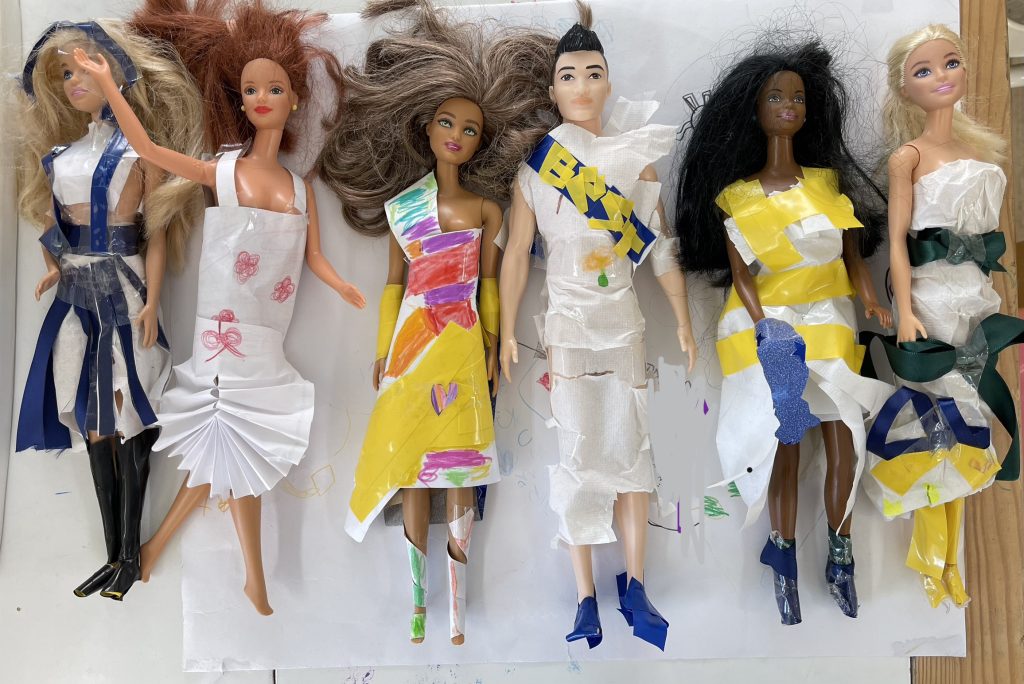
Doll clothing inspired by international dress. Students used paper, cloth, ribbons, tape, and other loose parts.
How does this connect to the PYP?
The International Baccalaureate's Primary Years Programme (PYP) emphasizes holistic development and inquiry-based learning. Loose parts play aligns seamlessly with these principles:
- Transdisciplinary Learning: Loose parts play naturally integrates various subjects, fostering connections and a holistic understanding of concepts.
- Approaches to Learning (ATL): The play encourages thinking, communication, and social skills, key components of the approaches to learning in the PYP framework.
- Action and Reflection: Loose parts play naturally lends itself to action and reflection, two key components of the PYP. As children create, they take action by turning their ideas into tangible creations. The reflection comes in the form of discussions about their creations, documenting their thoughts, and considering what they might want to try next.
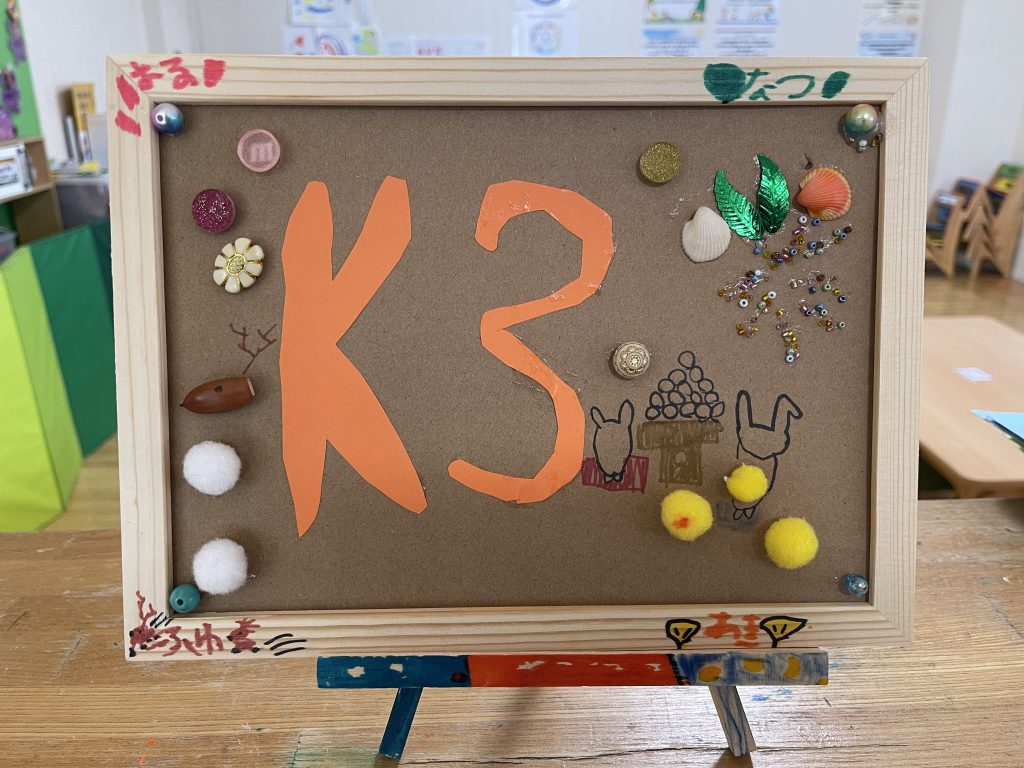
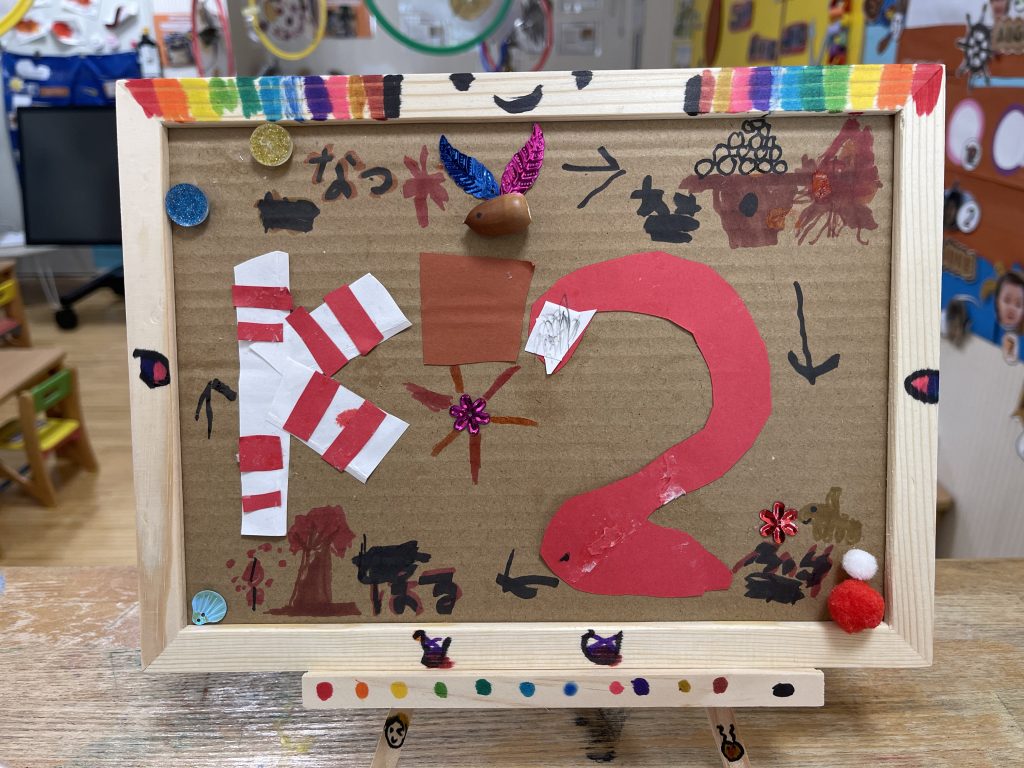
What can I do at home?
Start by thinking twice about what you are throwing out.
Instead of discarding seemingly mundane items, consider the untapped potential they hold:
- Create a Loose Parts Collection: Designate a play area with a diverse assortment of materials. Old keys, fabric scraps, cardboard tubes, and bottle caps can become a treasure trove of creativity for your child.
- Parental Engagement: Be a play partner. Ask questions, share in their excitement, and let your imagination run wild together. It's not just their play; it's a shared experience that strengthens your bond.
- Document the Creations: Encourage your child to document their loose parts creations through drawings, photographs, and writing. It's a fun way to celebrate their creativity and track their developmental journey. Together with your child, you can look back and reflect on how much was learned and set goals for the future.
- Take it outside: Your local park is packed with fallen leaves, twigs, sticks, rocks, and other goodies. Using these items in play will help children make informed choices and take risks. In addition to the benefits of the loose parts, this will provide opportunities to build understanding of shared spaces and responsibility. Always be sure to cooperate with your local park’s regulations and the rules during your visit.
Literary Connections (Books to Inspire You and Your Children):
Finally, for more ideas about what to do with some loose parts, consider exploring these books with your child:
“Not a Box” and “Not a Stick” by Antoinette Portis: These books show us that boxes and sticks are more than what they may appear to be.
“Beautiful Oops” by Barny Saltzberg: This book shows us how a simple mistake can be an big opportunity for self-expression and creativity.
“Mattland” by Hazel Hutchins and Gail Herbert: In this book, a lonely young book builds a world of his own and connects with other children along the way.
“Loose Parts: Inspiring Play in Young Children” by Lisa Daly, Miriam Beloglovsky, and Jenna Daly: A guide to loose parts and the concepts they teach. Full of inspiring photographs from real early-childhood classroom settings.
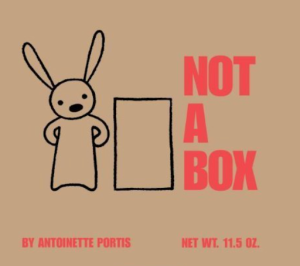

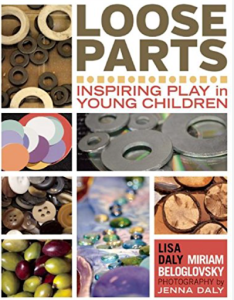
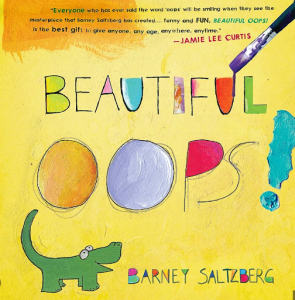

References:
“Loose Parts: Inspiring Play in Young Children” by Lisa Daly, Miriam Beloglovsky, and Jenna Daly
“How NOT to Cheat Children: The Theory of Loose Parts” by Simon Nicholson
William: Originally from the Atlanta Metropolitan Area, William began his time in education working with local band programs as a dance and colorguard instructor and director. In 2010, he relocated to Ulsan, South Korea, where he taught English at a public elementary school. Following that, in 2012, he moved to Eastern Hokkaido in Japan. Subsequently, he lived and worked in Shizuoka from 2014 to 2017 before settling in Tokyo in 2017. William has been with A-JB, teaching in the Primary Years Programme since 2017, and has served as PYP Coordinator at Waseda campus since 2022.
